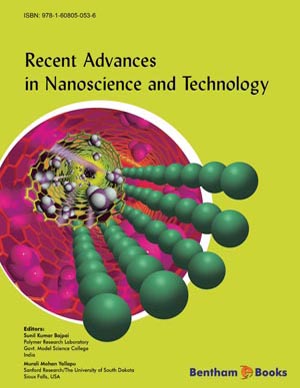Abstract
We review the recent progress in the growth, structural, optical and electrical properties of GaAs/GaAsSb, GaAs/GaSb, and InAs/InSb nanowires (NWs) grown by the vapor-liquid-solid (VLS) mechanism. The structural characterization of GaAsSb NWs reveals that they adopt zinc blende (ZB) crystal phase, whereas the same growth conditions (except the Sb flux) produce GaAs NWs with wurtzite (WZ) crystal phase. With increasing mole fraction of Sb, the ZB GaAsSb NW forms a lower density of twinning planes. Low-temperature photo-luminescence (PL) characterization of axially heterostructured GaAs/GaAsSb NWs shows that the linear polarization of the PL emission from the ZB GaAsSb inserts is opposite (parallel to NW axis) to the WZ GaAs segments (perpendicular to NW axis) due to a difference in the optical selection rules between ZB and WZ crystals. GaSb NWs have been grown on top of GaAs NWs by the Au-assisted VLS method. The two most striking differences between the GaSb and GaAs NWs are: 1) The diameter of the GaSb NWs is significantly larger than that of the GaAs NWs. 2) Whereas the GaAs NWs have WZ crystal phase with stacking faults, the GaSb NWs exhibit a defect-free ZB crystal phase. Undoped GaSb NWs have so far been determined to be p-type. Low-temperature PL measurements on GaSb NWs reveal a PL peak near 0.8 eV, with the energy position dependent on the V/III ratio. InSb NWs grown on top of InAs NWs show similar behavior in terms of diameter and crystal phase change as the GaAs/GaSb NWs.
Keywords: GaAsSb, GaSb, InSb, GaAs, antimonides, nanowire, zinc blende, wurtzite.



















